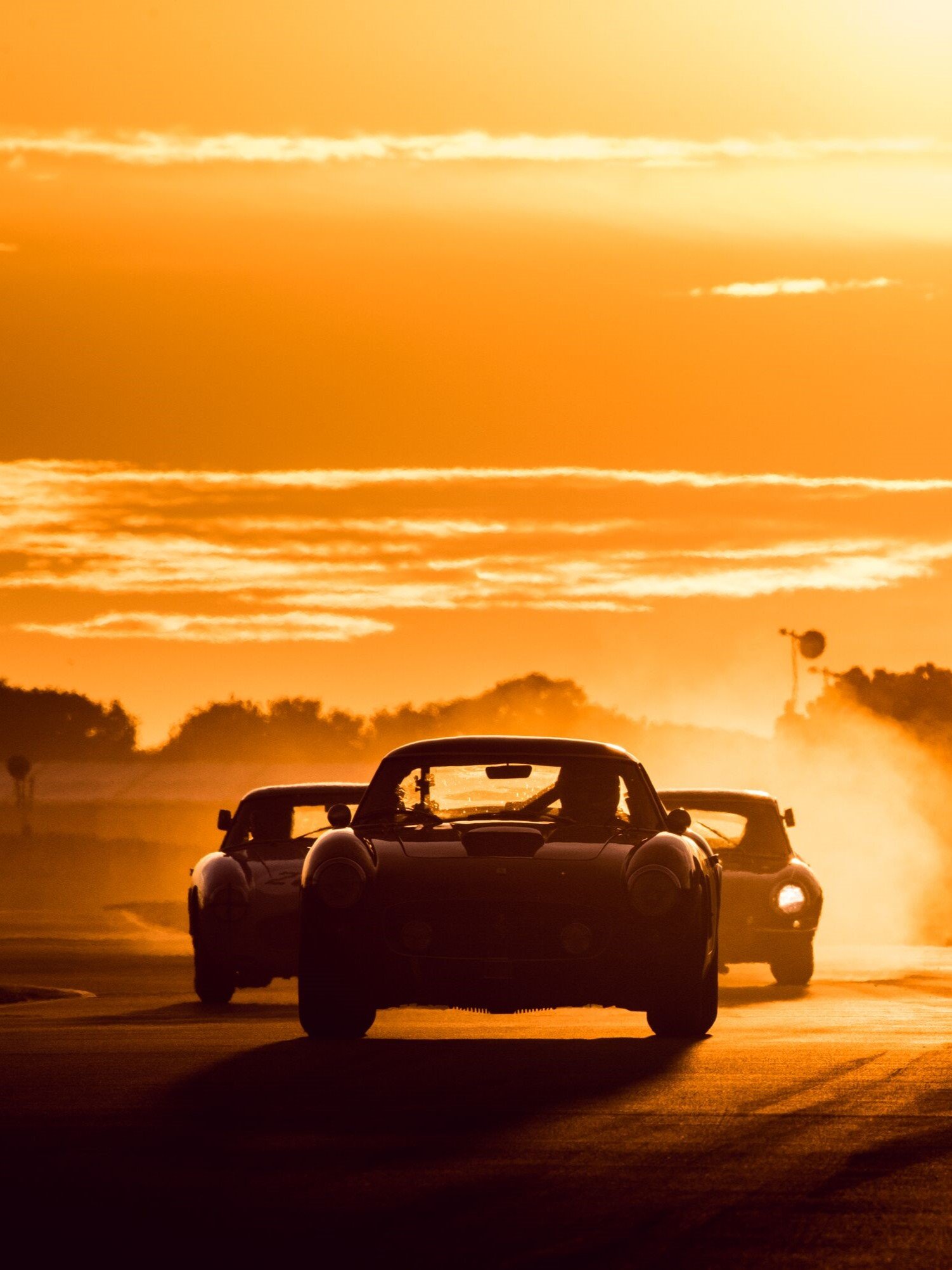10 years on: the miracle of Brawn GP
A new set of regulations never fails to shake up Formula 1. Following the first week of winter testing and heading into the second, it’s too early to make many judgements about the effects of the latest raft of changes. But the 2019 revisions to front and rear wing shapes, brake ducts and bargeboards is a cast-iron opportunity for teams to forge performance gains that could well define their seasons. We’ll see.

The purpose behind the changes for this year differs from the usual need to slow down or, in the unusual case of the 2017 revolution, actually speed up grand prix thoroughbreds. This time it is simply to make F1 racing cars more true to what they are supposed to be: literally better racing cars. Overtaking should be more plentiful this season – if the rule changes work.
Exactly 10 years ago, a new technical rulebook – with changes that also included higher rear wings and wider front wings – was introduced with a similar purpose at its heart. And it certainly shook up the world order.

It’s hard to believe a full decade has passed since 2009, when a team that should have been extinct won both drivers’ and constructors’ world titles, and also happened to sow the seed for what is fast becoming the greatest force ever to blow through grand prix history.
This is the story of one-season wonder Brawn GP – and the birth of what would become five-time consecutive world champion super-team Mercedes-Benz F1.

Looking back, there’s the odd parallel between now and 2009 that strikes a chord, beyond those tech reg changes. First of all, Brawn GP was forced into existence by the shock decision by Honda to pull the plug on its F1 team. It was a pure business decision, made in direct response to the debilitating credit crunch that was rocking the world in late 2008 – and seemingly took no account of the employees and their families who were left high and dry by Honda’s cold calculation.
Today, 3,500 families in Swindon will be all too familiar with that feeling of desolation, following Honda’s out-of-the-blue announcement to close its UK car-making plant in 2021. Pulling the rug is becoming a company habit.

Ten years ago, Honda dropped its bombshell on 5th December 2008. Ross Brawn had joined the team that year following a hard-earned sabbatical in the wake of his era-defining spell at Ferrari. Now he and fellow director Nick Fry faced the high-odds prospect of saving an F1 team in just three months. OK, Honda at least left them a hefty war chest, said to have been £100 million – but what would they do about the small matter of an engine?
How Mercedes stepped in, after a push from McLaren’s altruistic team principal Martin Whitmarsh, has become the stuff of F1 legend. If you were cruel, you could say it also became Whitmarsh’s most significant act in his time working in F1…

Incredibly, the car that had been developed as the Honda RA109 under a technical team led by chief designer Jörg Zander and aerodynamicist Loïc Bigois, could be adapted reasonably easily to accept the Mercedes V8. There were compromises – of course there were – but after hard years with only a single race victory as a return, Honda was about to discover it had given up a fantastic chassis with a feature that might have made it a world champion constructor for the first time: the infamous double diffuser.
The team had cottoned on to the idea early in the car’s development, as a way to claw back much-needed downforce and grip from the new regulations, which had slashed levels by 50 per cent. How air was blown through a double-layered rear floor wasn’t an original idea and indeed, Adrian Newey still fumes over how he was told such a device was illegal. But rules loopholes allowed Brawn, Williams and Toyota to run double-diffuser designs, without censor from the FIA – and Brawn nailed it best.
Much of the credit for what became the Brawn BGP001 has gone down to the horror of its predecessor. Honda hit awful new lows with the dreadful RA108 and its controversial ‘Earth Car’ livery, and it led the team to scrap all development for 2008 and concentrate solely on the car for the new regulations. That decision now paid off.

Once Mercedes agreed to fill the Honda engine void, Ross Brawn concentrated early in the New Year on the technical challenge his team now faced, made tougher by Honda taking back its Kinetic Energy Recovery System (KERS), set to be introduced that year. Meanwhile, Fry worked on the finances, but a new buyer could not be found – and it was only as late as 6th March (yes, the anniversary is next week) that it was confirmed the team would be named after one of its bosses. Ross was a little red-faced, but the team had to be called something.
The Brawn flew out of the box in pre-season tests and on this occasion we could believe the times. Just 23 days after being officially founded, Jenson Button and Rubens Barrichello completed a Brawn one-two at the Australian Grand Prix having locked out the front of the grid. F1 had never seen anything like it.

Back in December, Button had learnt of Honda’s withdrawal as he waited at the baggage carousel at Gatwick Airport. At that moment he thought his F1 career was over. Now here he was cantering to his second career victory – and now he would go on to five more: six of the first seven races would fall to him. He’d never win another that season, as rivals made up the lost ground and team-mate Barrichello grew in threat. But a fighting fifth place would secure him surely the most unlikely world title in F1 history.
That November, Mercedes would buy a controlling stake in the team. Brawn GP had never been sustainable once Honda’s £100m was spent and now the team had been saved again. The name was consigned to history – forever unbeaten.
A miracle? Those who protested against Brawn’s double diffuser and lost would probably argue otherwise. But in the cut-throat, unsentimental world of F1, it’s surely as close as grand prix racing gets to divine intervention.
Photography by LAT Photographic.
F1
F1 2009
Ross Brawn
Brawn GP
Mercedes
Honda
Jenson Button
Rubens Barrichello

Formula 1
Why F1’s most experienced driver Rubens Barrichello was a five-star hero

Historic
Video: Keanu Reeves’ Brawn documentary trailer details a legendary F1 story

Formula 1
Seven awesome F1 cars you can’t miss at SpeedWeek





























































